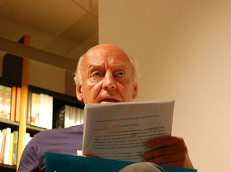Tags
affect
announcements
argentina
Arguedas
assessment
Asturias
boarderlands
Bolivia
Brazil
C20th
Child
Chile
Class
colombia
Cuba
definitions
exams
fashion
film
folk culture
folklore
food
Gender
Guatemala
indigeneity
Mexico
music
narcoculture
narconovelas
Noble
Peru
politics
punk
questions
Race
Roger Canals
sexuality
sport
stamps
tears
telenovelas
uruguay
Venezuela
Violence
youth


